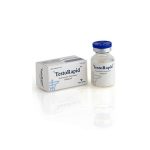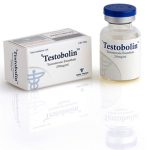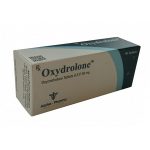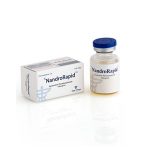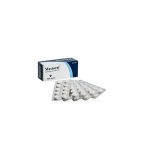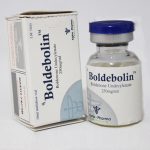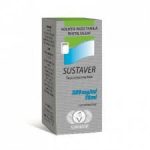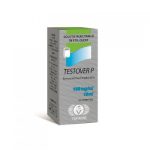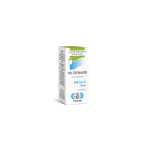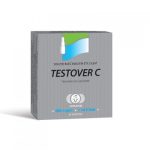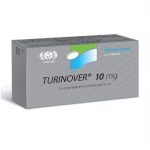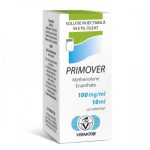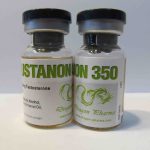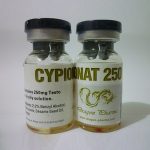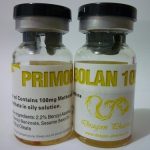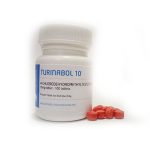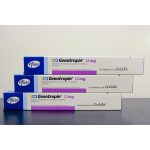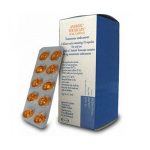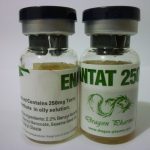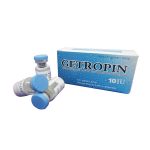Trenbolone enanthate cycle
At baseline, 28% of patients were registered and more than 1 fracture of the vertebrae. Every day, all patients received The study of 277 postmenopausal women and 67 premenopausal women and 83 men were included. After 18 months of therapy, of the lumbar spine increased by 7.2% (3.4% in the alendronate group, p <0.001 of the proximal femur increased by 3.6% (2.2% in the alendronate group, p <0, 01), femoral neck increased by 3.7% .
In patients treated with teriparatide, in the study period from 18 months to 24 months of therapy lumbar spine trenbolone enanthate cycle. the proximal femur and femoral neck increased by an additional 1.7%, 0.9%. and 0.4% respectively.
The teriparatide group after 36 months of therapy, new vertebral fractures were detected in 1.7% of patients , the new nonvertebral fractures were detected in 7.5% of patients (7.0% in the alendronate group, p = 0.84).
mineralization processes occur without signs of toxic effects on bone cells, and formed under the influence of teriparatide bone has a normal structure (with no retikulofibroznoy bone and bone marrow fibrosis).
Teriparatide reduces the risk of fractures, regardless of age, baseline bone metabolism or the amount of the I (reduction in the relative risk of new fractures is 65%).
Distribution
The absolute bioavailability of the drug is approximately 95%. The volume of distribution is approximately 1.7 l / kg. Teriparatide maximum concentration achieved within 30 minutes after subcutaneous administration of 20 ug of drug and a 4-5 times higher than the upper limit of normal levels of trenbolone enanthate cycle, followed by concentration decrease to undetectable values within 3 hours.
Metabolism and elimination
half-life of teriparatide subcutaneous administration is about 1 hour, which reflects the time required for absorption.
Peripheral metabolism occurs primarily in the liver by enzymatic nonspecific mechanisms with subsequent excretion through the kidneys.
Like endogenous teriparatide does not accumulate in the bones or other tissues.
the effect of age (age group 31 to 85 years) on the pharmacokinetics of teriparatide were observed.
Patients with mild or moderate renal severity of failure pharmacokinetics unchanged. Despite the fact that the systemic exposure of teriparatide in men is 20-30% lower than in women, the recommended dose of teriparatide is not changed depending on sex.
Indications for use:
- Treatment of osteoporosis in postmenopausal women
- Treatment of primary osteoporosis or osteoporosis caused by hypogonadism in men
- Treatment of men and women with osteoporosis, increased risk of fractures due to prolonged systemic glucocorticoid therapy.
Contraindications:
- Hypersensitivity to teriparatide or excipients of the drug;
- Previous hypercalcemia;
- Severe renal failure;
- Metabolic bone diseases trenbolone enanthate cycle (including hyperparathyroidism and Paget’s disease) except for primary osteoporosis and osteoporosis caused by prolonged systemic glucocorticosteroid therapy;
- Increased activity of alkaline phosphatase of unknown origin;
- Previous radiation therapy of bones;
- Bone metastases and bone tumors in history;
- Pregnancy and breast-feeding;
- Age up to 18 years.
Carefully
- In patients in the acute stage of urolithiasis, or have recently undergone her, because of the possible deterioration of the state. Thus it is necessary to control the urinary excretion of calcium;
- In patients with moderate renal impairment;
- Hypovitaminosis trenbolone enanthate cycle , the clinical significant hypocalcemia.

